COVID 19 Epidemic
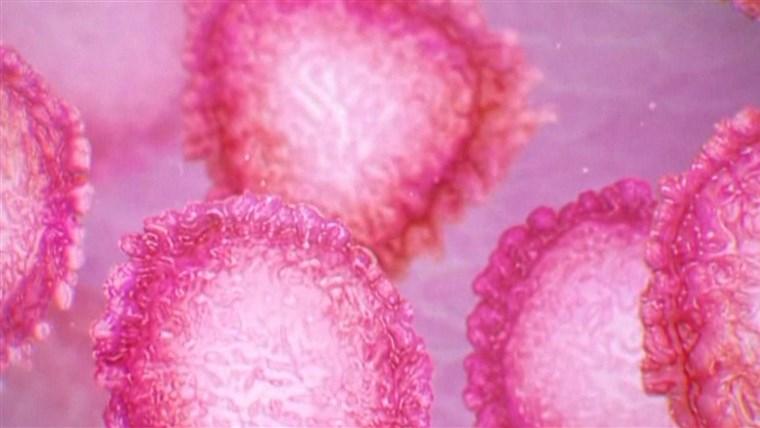


- Coronaviruses are common (including common cold)
- This is new because it is a previously unseen virus, likely from an animal and mutated enough to enter a human host
- Live animal markets act as reservoirs—prolonged contact, 1st case early December 2019 - Incubation 2–14 days
- Symptoms: cough, fever, shortness of breath à pneumonia, bronchitis


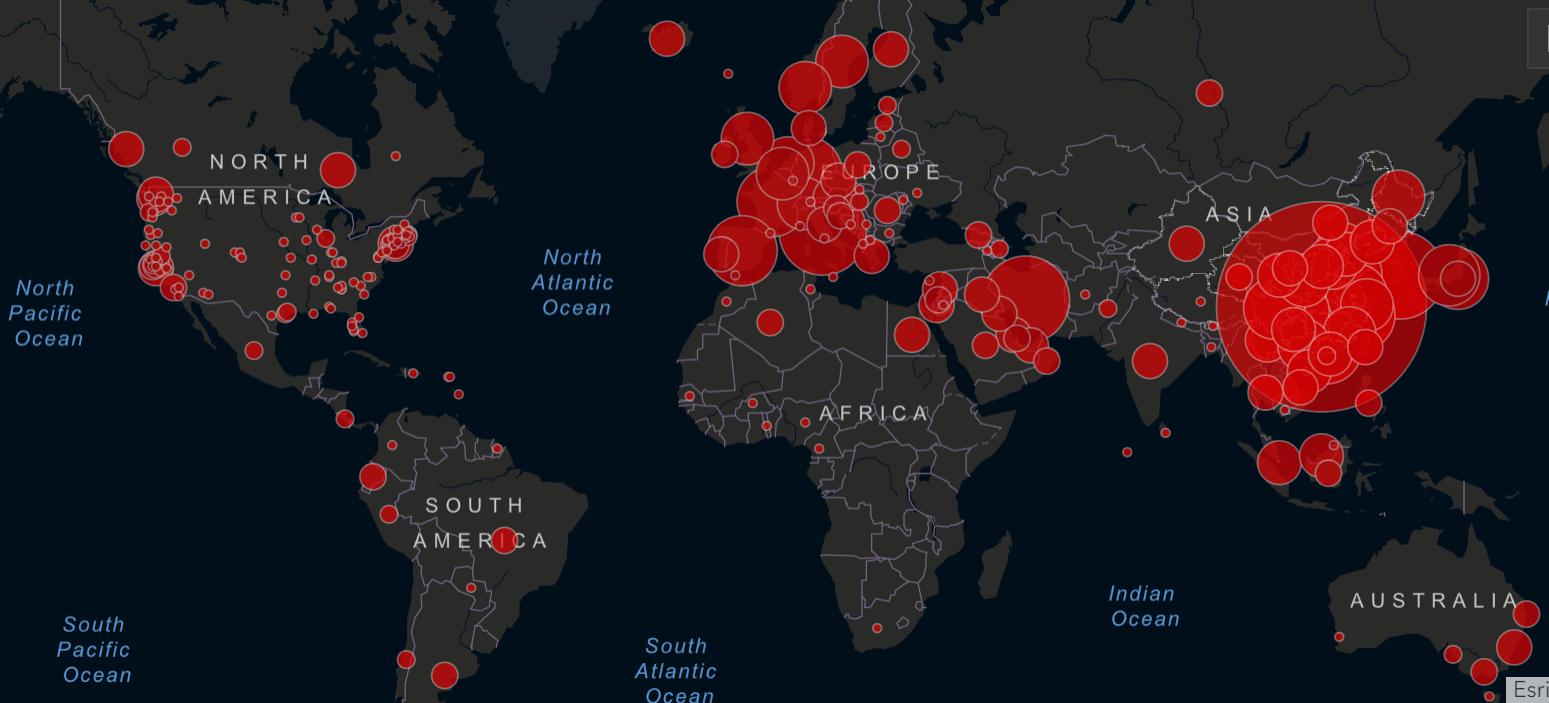


u Prevention
u Identification
u Isolation / Quarantine
u Contact Tracing
u Frequent cleaning
u Prepare occupational health clinics
u Use technology solutions
u Stagger shifts
u Cancel work-related travel to affected areas
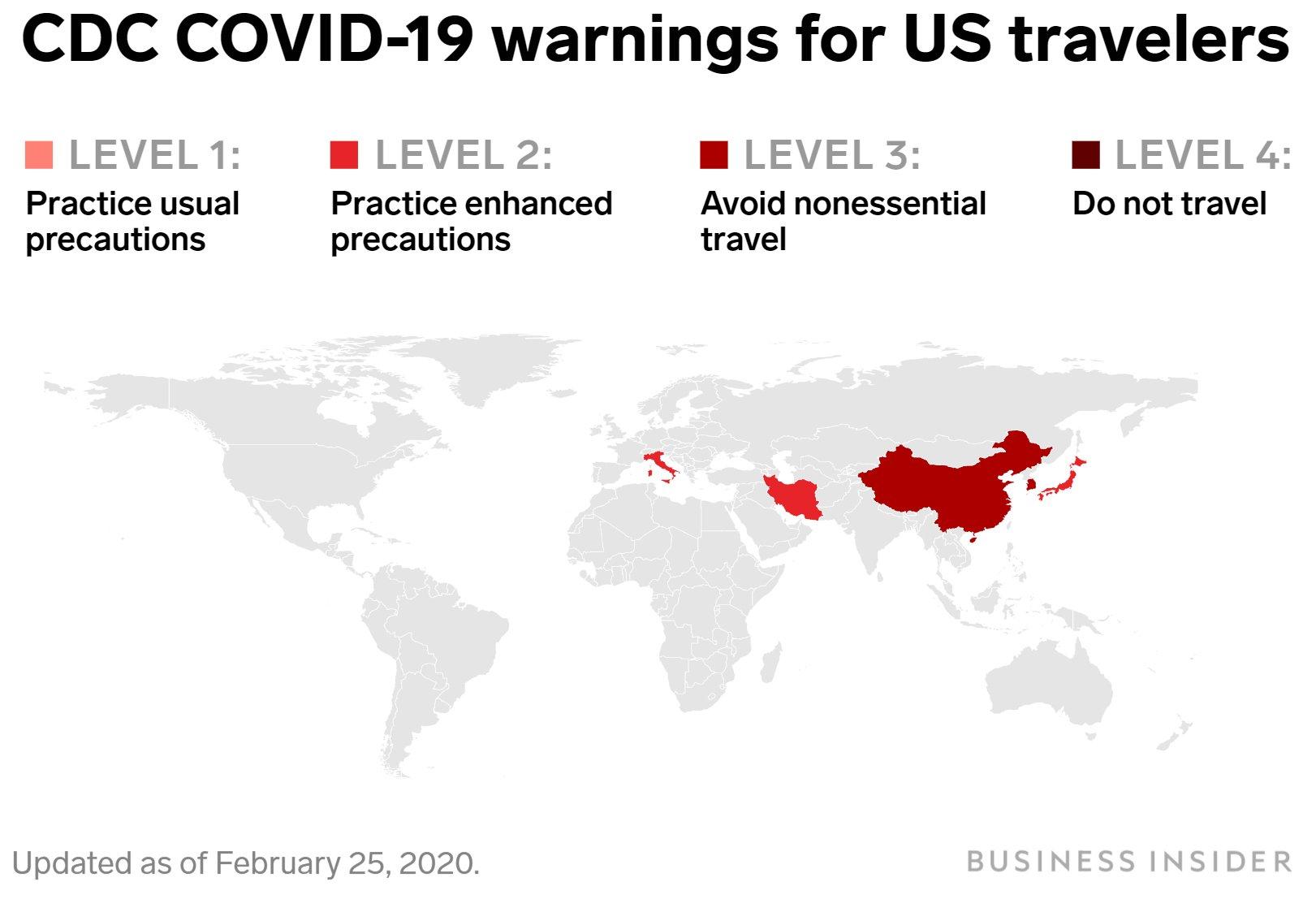

Level 3: China, Korea, Iran, Italy
Level 2: Japan





1. Fever OR respiratory symptoms AND close contact with a confirmed case of COVID-19

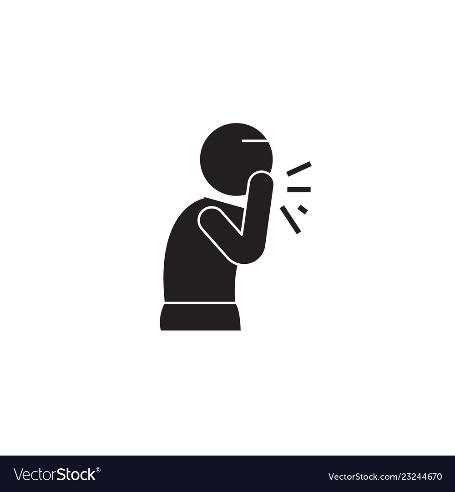
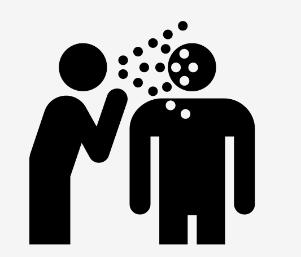
2. Fever AND respiratory symptoms AND travel to Level 3 or 2 country


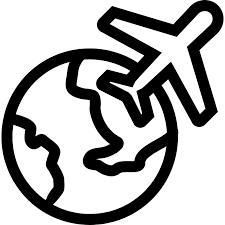

3. Severe respiratory illness (e.g., no pneumonia) with no other explanation

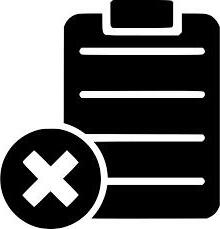
u + COVID-19
u Until they test negative
u Testing for COVID-19
u Until test results come back
u Close contacts of a person with COVID-19 u 14 days from last exposure
You can help employees adhere to isolation.
u Flexible work policies
u Evaluate leave polices
u Protect privacy
u Provide support
u Think:
u Mass gathering cancellations
u 50% absenteeism
u Supply chain interruptions
u Prepare:
u Cross-train employees u Temp agencies u Technology solutions
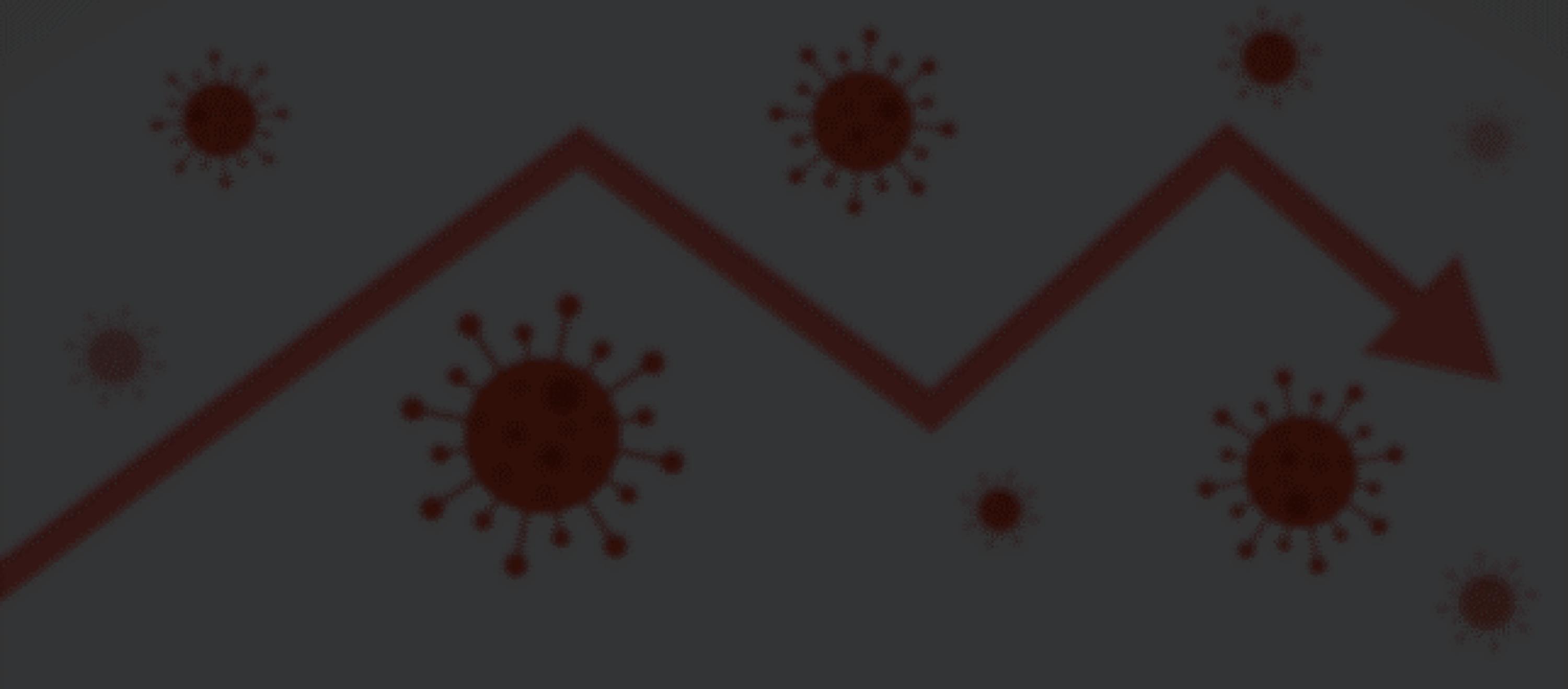
- Sick employees should stay home and not return until 24 hours without fever, signs of a fever, and any other symptoms—publicize these guidelines with posters
- Encourage, normalize, and facilitate frequent handwashing or hand sanitization (60–95% alcohol) practices
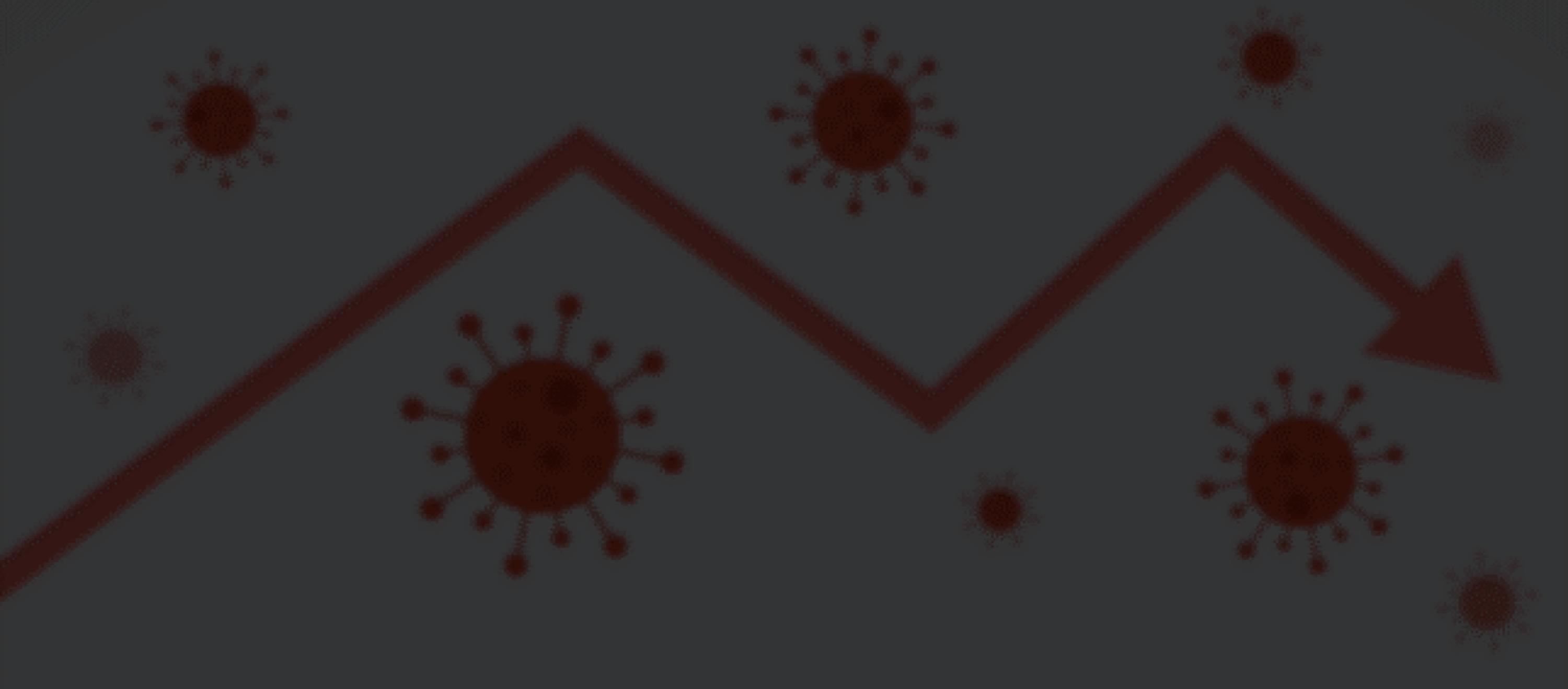
- Perform routine environmental cleaning
- Do not require a medical provider note for absences; flexibility is paramount
- Employees with a sick family member should conduct a selfassessment of their potential exposure and notify their manager if necessary

- Closures of schools and childcare may result in absenteeism
- Identify the most essential functions required to maintain operation
- Cross-train employees as needed to maintain functionality

- Establish flexible work sites, work hours, or staggered shifts
- Establish communications processes (e.g., timing and distribution system for COVID-19 updates)
- Work closely with your local health department since protocols may be geographically specific
- General good public health practice applies:
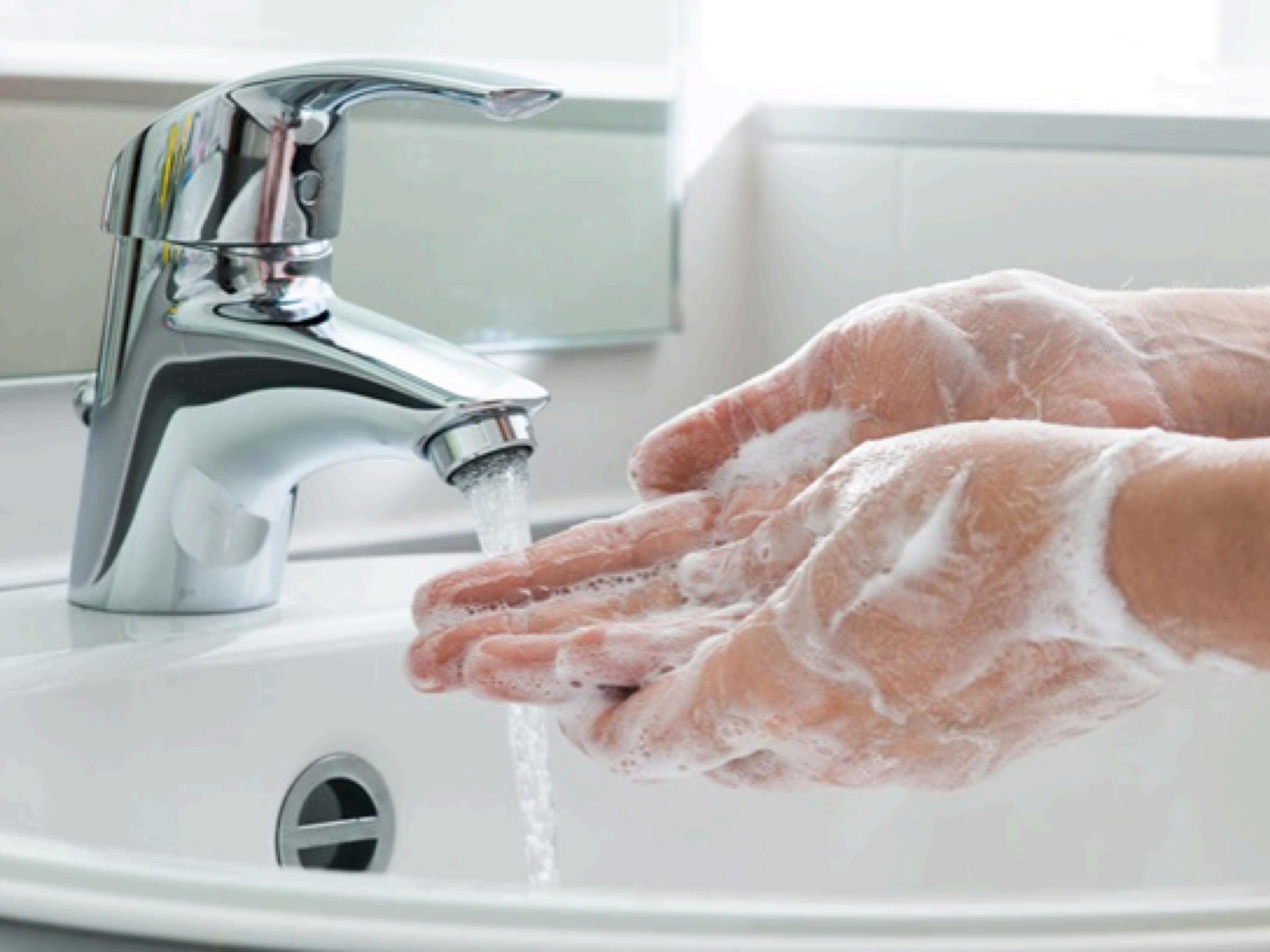
- Wash hands frequently
- Don’t touch your eyes, nose, or mouth if your hands haven’t been washed
- Disinfect surface areas when possible
- Stay away from sick people
- Don’t go to areas with large groups of people (e.g., work, school) if you are sick
- People who are well don’t need to wear a face mask
- Quit shaking hands (fistbumps, elbow/foot taps encouraged)

u Increase cleaning
u Flexible work and leave policies
u Educate employees
u Prepare for the health of your employees and your business
u This not a natural disaster
u No need to buy water and toilet paper
u Public should prepare for possible isolation/quarantine
u The virus is not that scary for most
u Most cases are asymptomatic/mild
u Older adults / medically fragile are at high risk
u Not everyone needs to be tested
u No specific treatment
u All people with respiratory symptoms should isolate themselves from others while ill
u Can the COVID-19 virus live on surfaces?
u What if you have an employee with symptoms?
u What will happen if an employee is asked to isolate at home?
u How can people get tested?
u When will mass gatherings be cancelled?
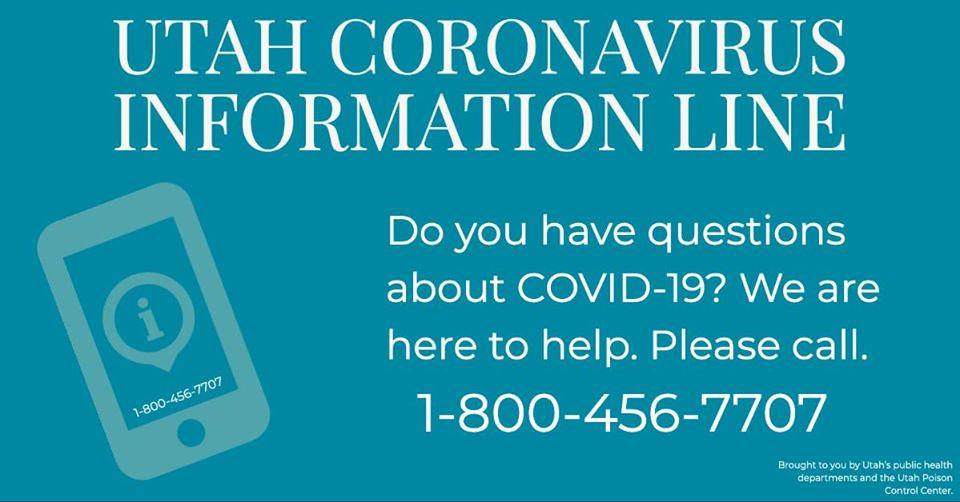



u Coronavirus.Utah.gov
u CDC Guidance for Businesses and the Workplace


https://www.cdc.gov/coronavirus/2019ncov/specific-groups/guidance-businessresponse.html
u Johns Hopkins case map: https://gisanddata.maps.arcgis.com/apps/opsdash

board/index.html#/bda7594740fd40299423467b48e9 ecf6
